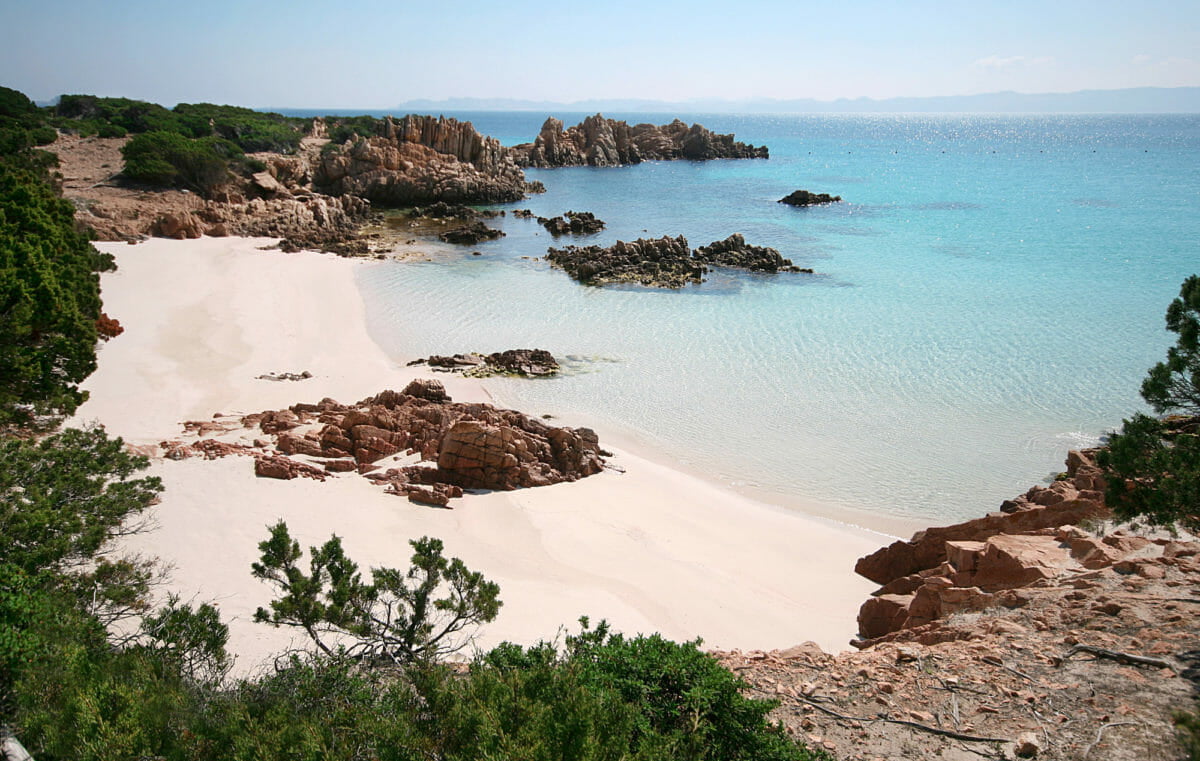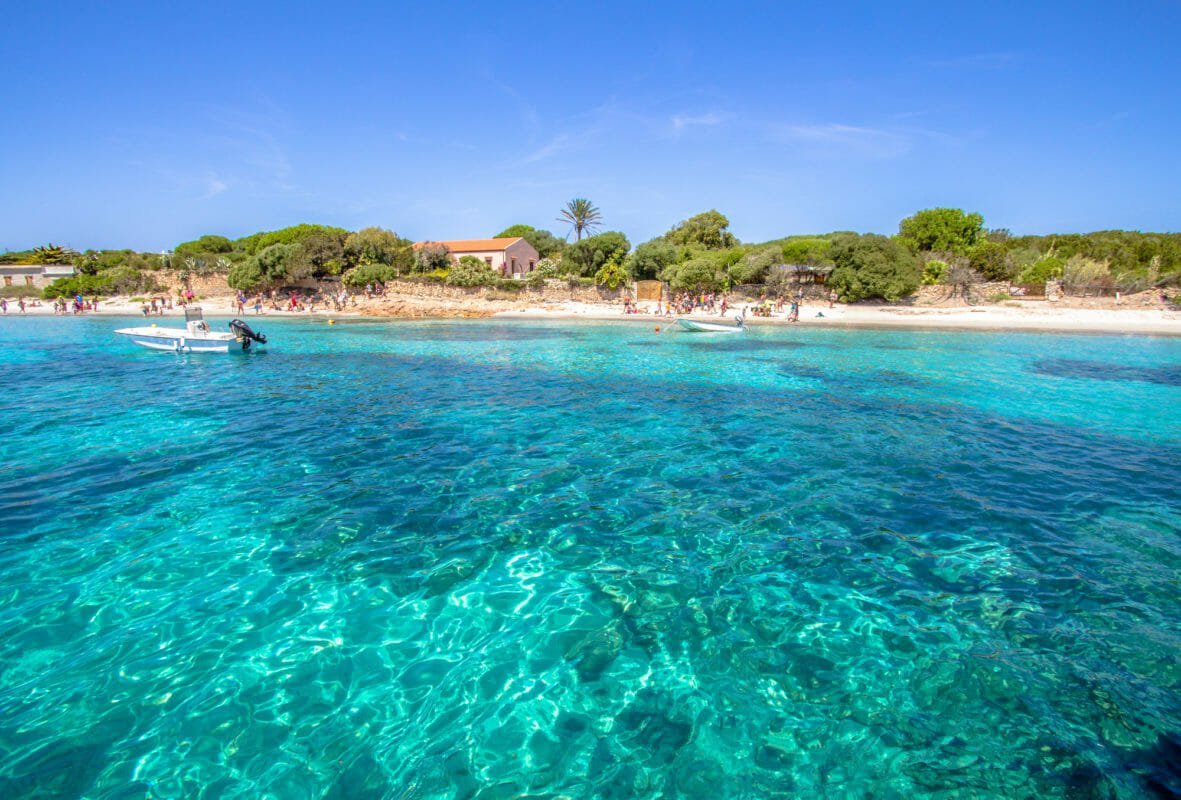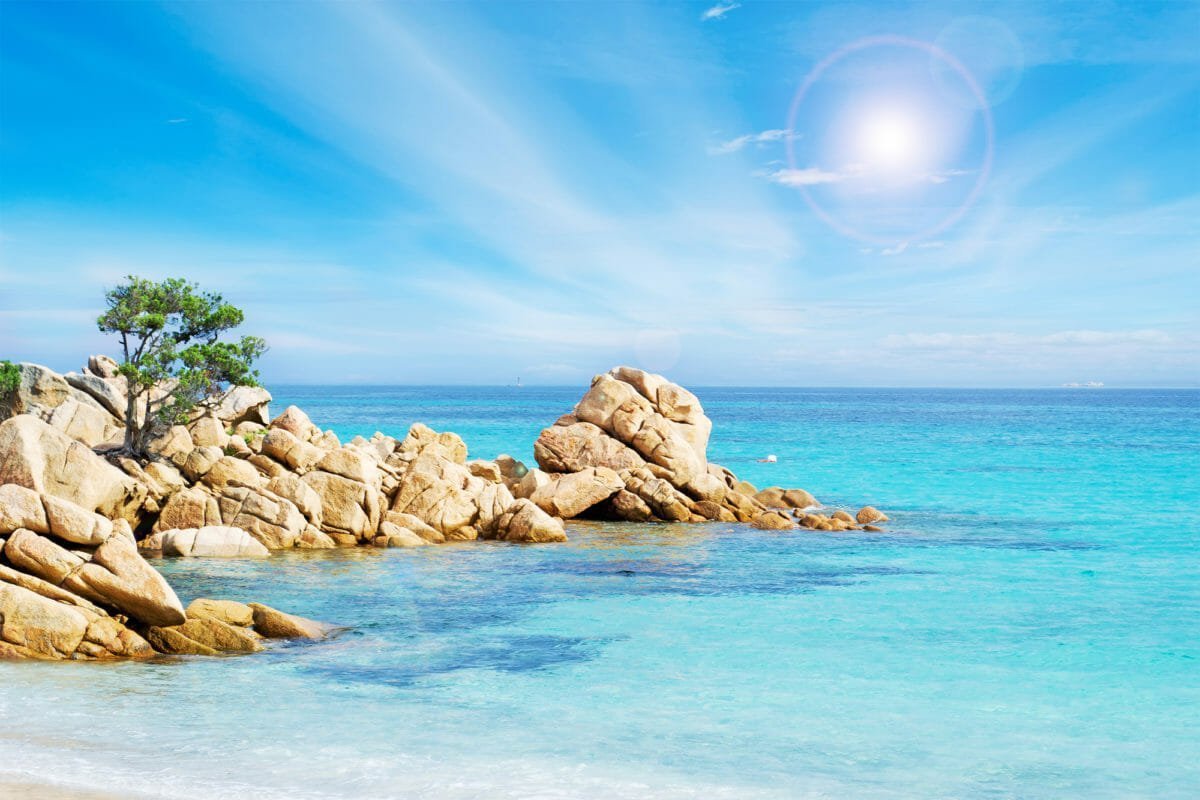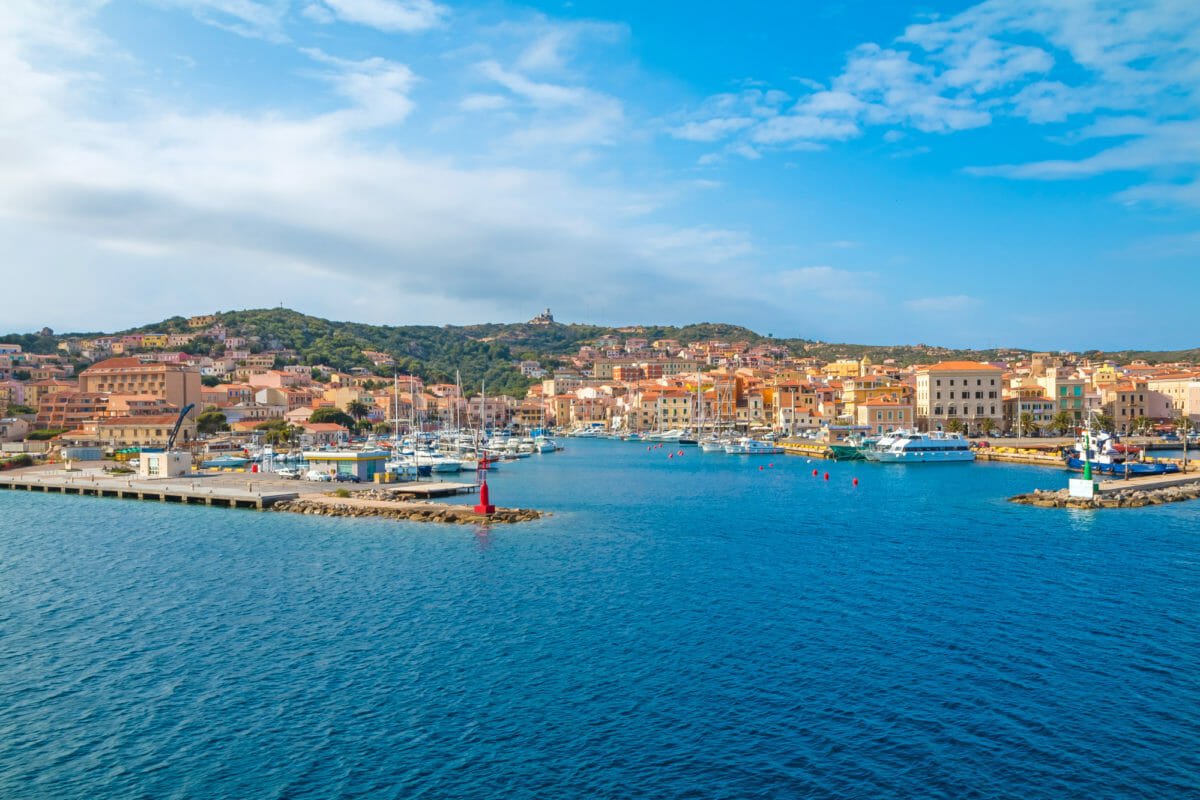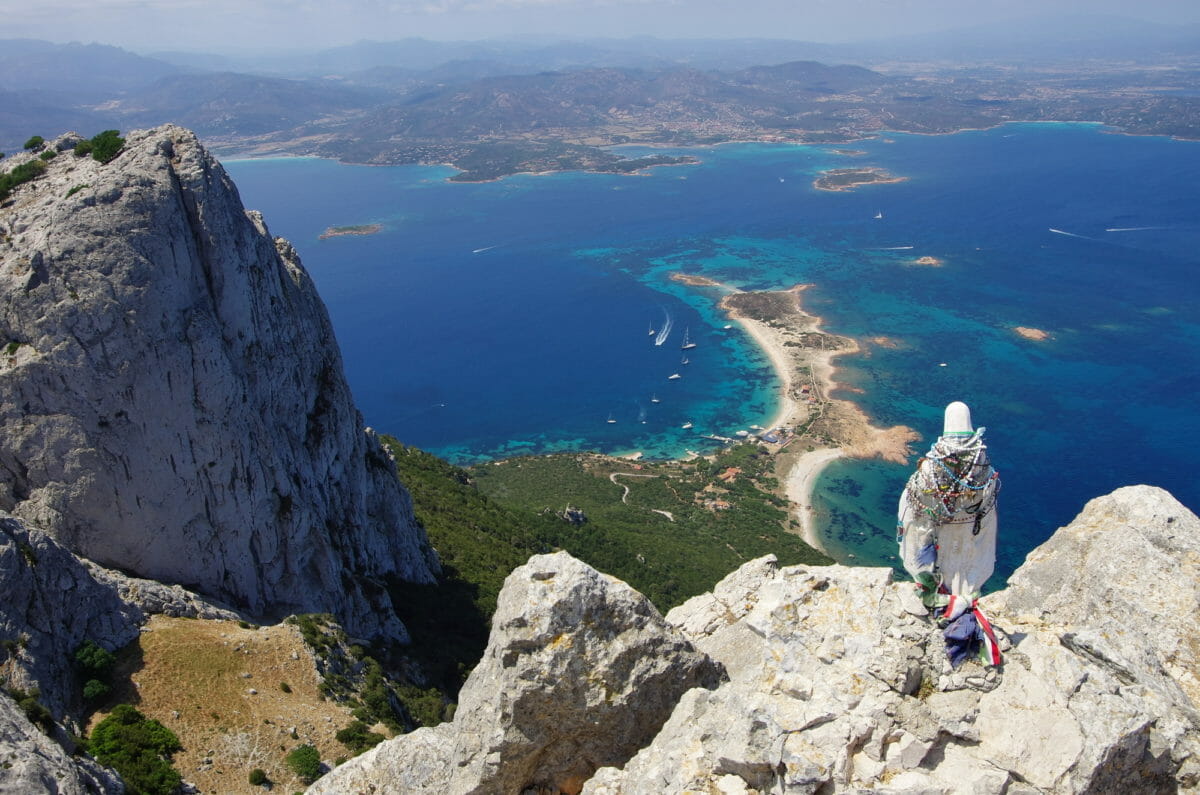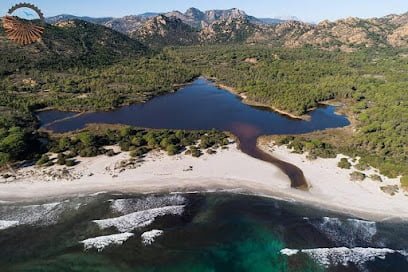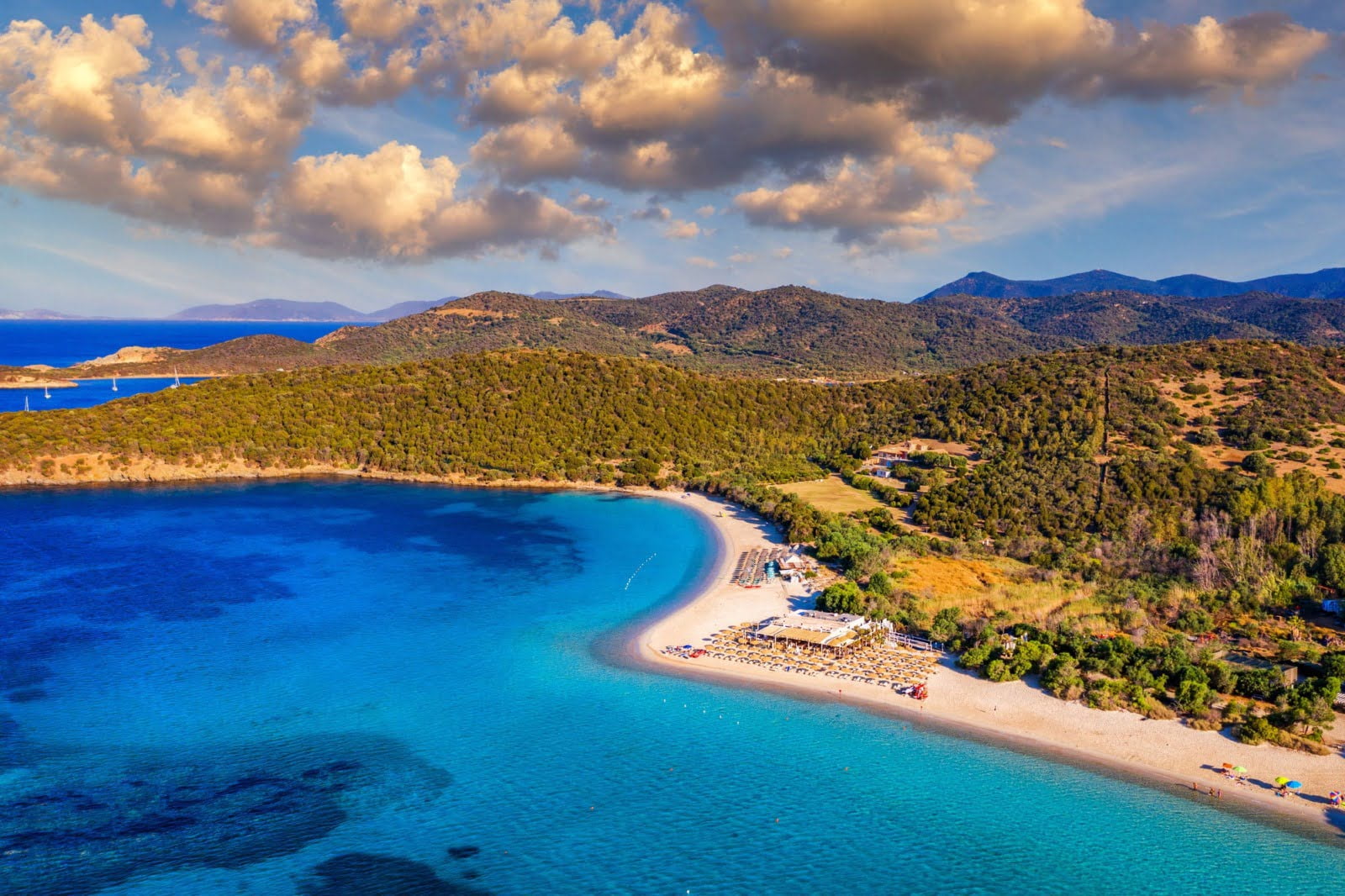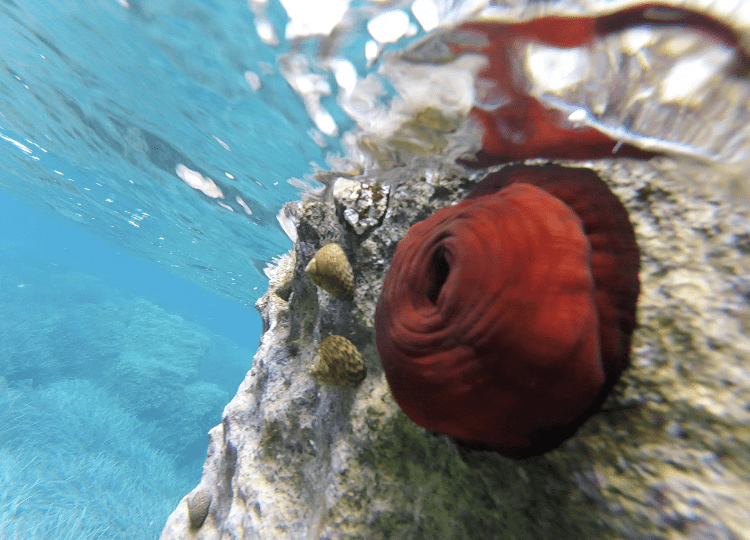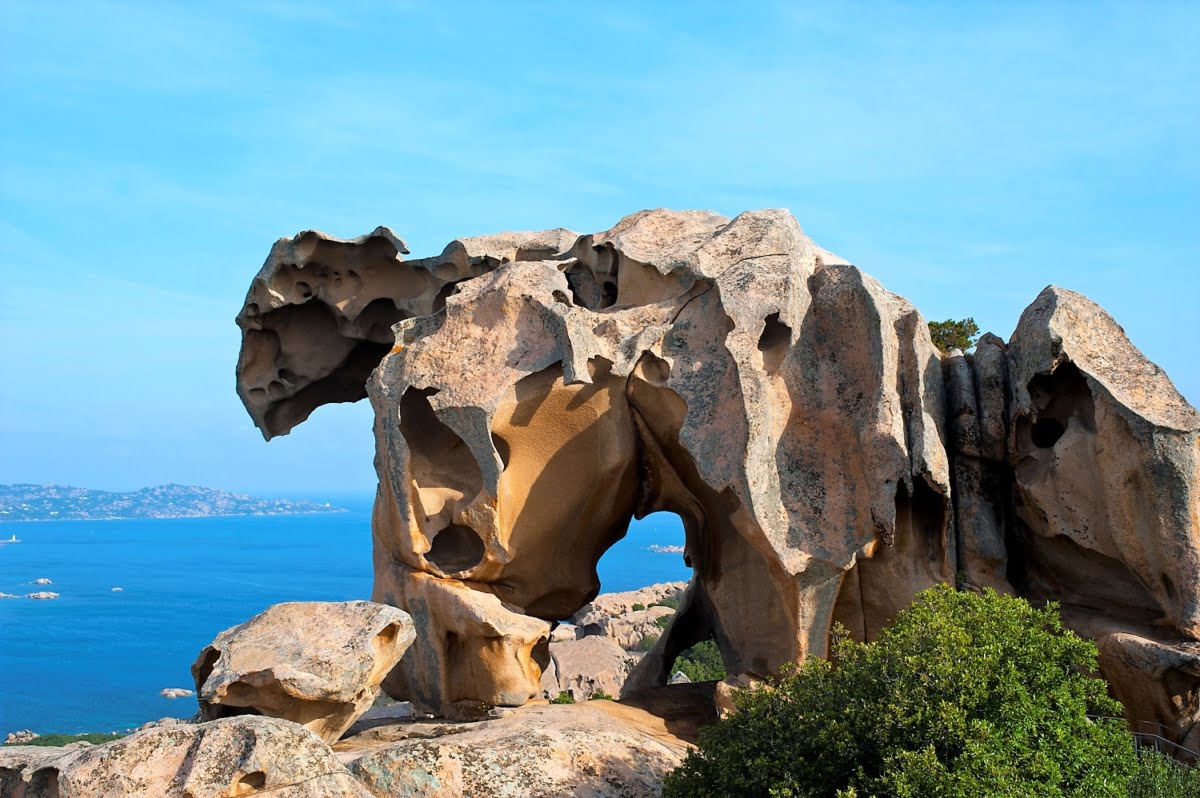North Sardinia: an area waiting to be discovered
North Sardinia reserves truly unforgettable landscapes and views.
Discover the 10 photos that will transport you to the wild heart of the wonders of the North Sardinia. The islands of La Maddalena, Costa Smeralda, Tavolara and Molara.
Plan your next trip and choose incredibly scenic places to spend an unforgettable holiday.
The Pink Beach
One of the places to see in Sardinia of the north, a must-visit, is the Pink Beach.
La Spiaggia Rosa is located on the island of Budelli in the south-eastern part of the island. It is a protected beach, a conservation area and can only be reached by boat.
Its name is due to the characteristic colour of sand which is composed of tiny fragments of pink organisms that live in the grasslands of Posidonia oceanica.
The sand is pink due to the presence of mainly bryozoan fragments Myriapora truncata and foraminifera Miniacin miniacea.
La Spiaggia rosa by Budelli is famous not only for its beauty, but also because some scenes of Michelangelo Antonioni's film Deserto Rosso were filmed there.
Porto Taverna
La Porto Taverna beach is located between Porto San Paolo and San Teodorojust opposite the islands of Tavolara and Molara in theTavolara Punta Coda Cavallo Marine Protected Area.
It is a very long beach set in enchanting nature with a wetland of particular environmental value and importance behind it.
Porto Taverna Beach can be reached by car from the north and south entrances or can be visited from the sea during a boat trip.
Incredibly impressive is the back dune pond with walkways positioned on the water creating a magical scenery.
During a walk on the pond you can admire Flamingos, Herons, Little Egrets and Knights of Italy. Absolutely one of the beaches to see!
Cala Santa Maria
Cala Santa Maria is located in the Isola Santa Maria in the La Maddalena Archipelago. The Isola Santa Maria is truly a little gem characterised by small beaches and bays with breathtaking colours.
The island is named after the Benedictine convent of Sancta Maria de Budello dating back to medieval times.
The island of Santa Maria in the archipelago is of particular importance as it is home to the Our Lady's Mantle. It is a particular stretch of sea nestled between the islands of Budelli, Razzoli and precisely St Mary's.
The Porto della Madonna is a popular destination for yachtsmen and boat trips.
The island is therefore home to some of the most famous and well-known beaches in the area including Cala Santa Maria, Porto Madonna and the famous Passo degli Asinelli.
Coticcio Cove
Cala Coticcio is located on the island of Caprera and is undoubtedly among the most sought-after beaches. It is a small, delightful bay characterised by a very light blue water, tending to white, and an impalpable sandy shore.
Cala Coticcio is completely surrounded by vegetation and typical Mediterranean plantsThis gives it a totally exotic and wild appearance.
On the Island of Caprera you can also find other beaches absolutely must vist.
One of these is Cala Relitto, a beach located in the integral reserve area of the La Maddalena Archipelago National Park.
This beach is named after a wreck that was on the beach of which only a few fragments can now be seen.
These are beaches that leave literally open-mouthed for their colours, especially on days when a light mistral blows.
The Mistral is a wind blowing from the northwest, which makes the air crisp and clean and makes colours particularly vivid and enhances light contrasts.
Cala Coticcio was nicknamed Tahiti… chissa perchè 🙂
Cala Brandinchi
The beach of Cala Brandinchi is located on the north-east coast of Sardinianear the towns of Porto San Paolo and San Teodoro. It is located in the southern portion of the promontory of Capo Coda Cavallo.
Cala Brandinchi is also known as Little Tahiti, precisely because of the disarming colours of water and sand.
On this beach, the seabed slopes gently and remains shallow for tens of metres, creating the characteristic and famous pool effect.
At Cala Brandinchi you can admire fine sand dunes covered with sea lilies. The area behind the dunes boasts a beautiful pine forest for resting in the shade.
Discover all information on Cala Brandinchi and get ready for aunforgettable experience.
Cala Corsara
Cala Corsara is located in the southern part of theSpargi Island in the heart of the La Maddalena Archipelago National Park.
The beach of Cala Corsara is famous for a granite rock that resembles the profile of a witch looking out to sea.
Spargi is indeed a wonderful island that is home to enchanting beaches. The island is dotted with bays and covesfragmented by striking rocks of the strangest shapes.
Spargi is home to some of the park's most famous beaches, coves of fine, white sand surrounded by large tafoni with typical lush vegetation behind them.
Some of the Beaches to visit in Spargi are Cala Bonifazzinca, Cala Ferrigno, Cala dell'Amore, Cala Granara and Cala Connari.
The island is home to many species of birds, including the Corsican Seagull and the Bird of Storms.
Cala Corsara can only be visited by boat. Every day there are many trips to the La Maddalena Archipelago that allow you to see it.
Capriccioli
Capriccioli is one of the most famous beaches and locations of Costa Smeralda. The Capriccioli beach is located south of Porto Cervoa few kilometres from Cala di Volpe.
Capriccioli is a particularly small and intimate beach surrounded by a lush and enchanting nature. The beach is divided into two coves separated by characteristic Gallura granite rocks.
The beach of Capriccioli is equipped with all services and is easily accessible. During the summer season it is a popular and popular destination, which is due to its well-deserved notoriety.
The waters of the Capriccioli bay and nearby beaches are shallow, incredibly clear and full of life.
La Maddalena Country
The Country of La Maddalena is located on the island of La Maddalena, the heart of the National Park.
The island of La Maddalena is certainly the largest of the Park's islands. The seven 'sister' islands that make up the archipelago are:
La Maddalena boasts a delightful seaside village with a small harbour. The layout of the town's streets and its characteristic atmosphere have earned La Maddalena the nickname of Little Paris.
The island and the country have also been the scene of important historical events due to the archipelago's strategic position in the Mediterranean Sea.
La Maddalena was the scene of an attempted invasion by the French army led by Napoleon Bonaparterepulsed by the Sardinian fleet led by Domenico Millelire.
The island is also famous for its granite quarries, at Cala Francese the quarry remained active until 1930. The use of granite from La Maddalena has always been the subject of controversy: it seems that the extracted granite was used to make numerous works, some of which were however wrongly attributed.
Among the verified monuments actually made from the rocks quarried from the island seem to be the monument of Ismailia defence of the Suez Canal in Egypt and the tomb of Clelia the eldest daughter of Giuseppe Garibaldi hero of two worlds.
Beaches of Tavolara
Tavolara is an island located in the north-eastern area of Sardinia between the municipalities of Olbia, Loiri Porto San Paolo and San Teodoro south of Capo Ceraso.
Together with Molara these two islands are included within one of the 6 Protected Marine Areas of Sardinia.
Tavolara is the 'Capital' of theTavolara and Punta Coda Cavallo Marine Protected Area where it is possible to make snorkelling and see all the life that populates the MPA.
The island of Tavolara is reached exclusively by boat. Le trips to visit Tavolara generally include a stop to admire the beach and the unspoilt nature of the island.
Among the places of special interest to see at Tavolara are the Cala Tramontana beach and the Punta Spalmatore beach where the two seas meet.
Also worth a visit the small cemetery of the Kings of Tavolara which is only a few minutes' walk from the landing point.
The island of Tavolara boasts an absolutely unique flora and fauna with some characteristic endemisms.
Lu Impostu
La Lu Impostu beach is located south of the promontory of Capo Coda Cavallo and north of the promontory of Puntaldia in the territory of San Teodoro.
This beach is the twin of Cala Brandinchi and is definitely worth a visit.
This beach is part of a enchanting settingtransparent seabed and lush vegetation. A pond with a small ford to reach the beach complete the experience.
The northernmost part of Lu Impostu connects with Cala Brandinchi via a passage through the Mediterranean maquis.
How useful was this post?
Click on a star to rate it!
Average rating 5 / 5. Vote count: 9
No votes so far! Be the first to rate this post.


